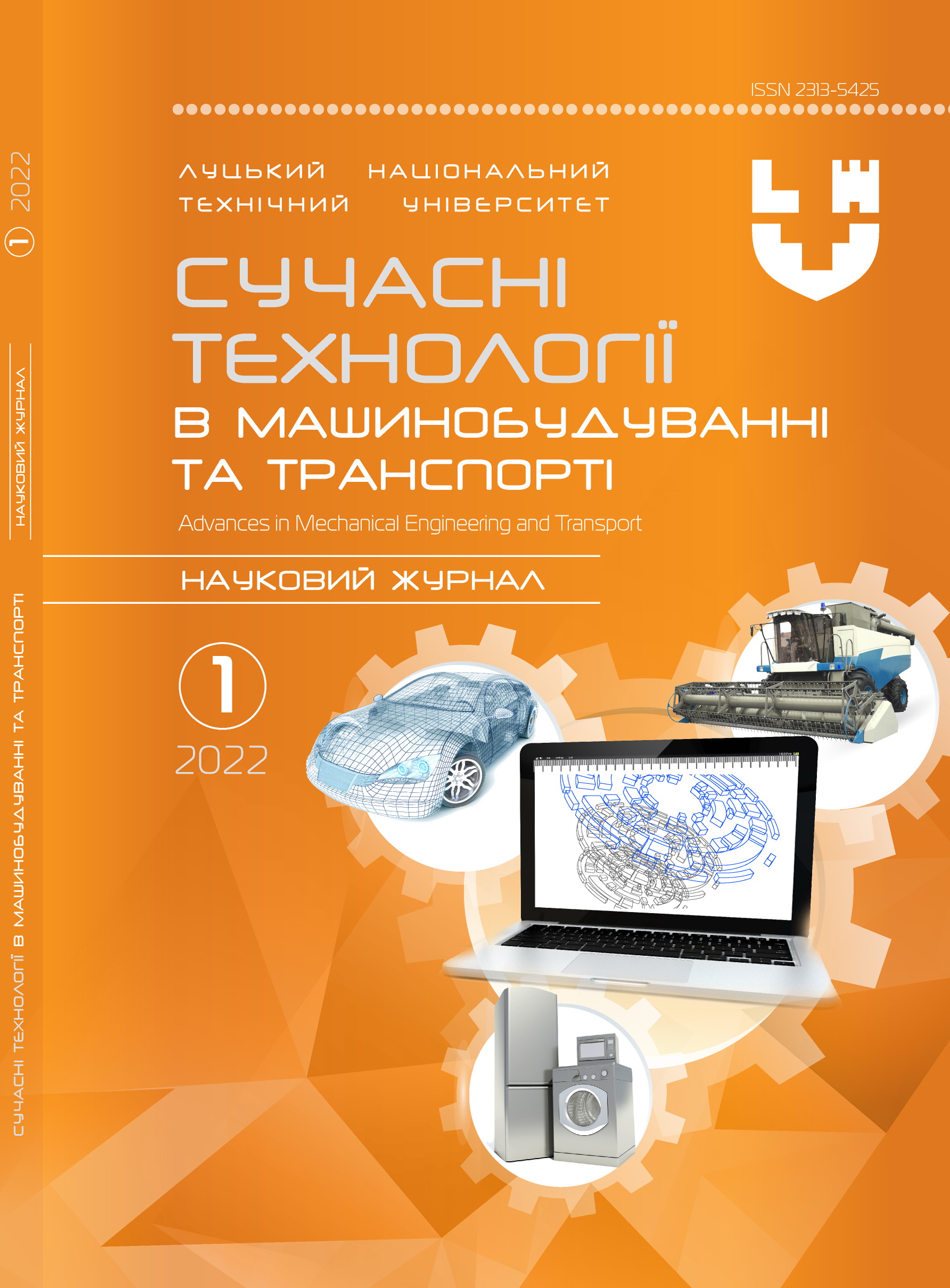Selection of bus trailer train scheme according to traction-speed properties
Abstract
The paper considers possible schemes of a bus trailer train for BRT systems and evaluates them according to traction-speed properties.
Four variants of bus trailer trains are proposed. They consist of two or three single buses, each with its own powertrain. If the engine of single buses does not work, it becomes a passive trailer.
Selection optimal scheme of bus train depending on number of sections and working engines is proposed to be based on traction-speed properties, such as maximum speed, time and path of acceleration to 60 km/h.
Mathematical model for determining traction-speed properties of bus trains with different schemes is proposed.
Determined that among the proposed schemes of bus train in terms of traction-speed properties are optimal for exploitation schemes of a two-section bus train with two working engines, three-section bus train with three working engines and three-section bus train with two working engines. Schemes of the first two variants increase maximum speed and reduce time and path of acceleration to speed of 60 km/h compared to a single bus. The last variant of bus train, despite the deterioration of traction-speed properties, provides movement in all speed modes with only two of three engines, which will improve its fuel efficiency.
Key words: bus trailer train, bus rapid transit, metrobus, traction-speed properties, mathematical model.




